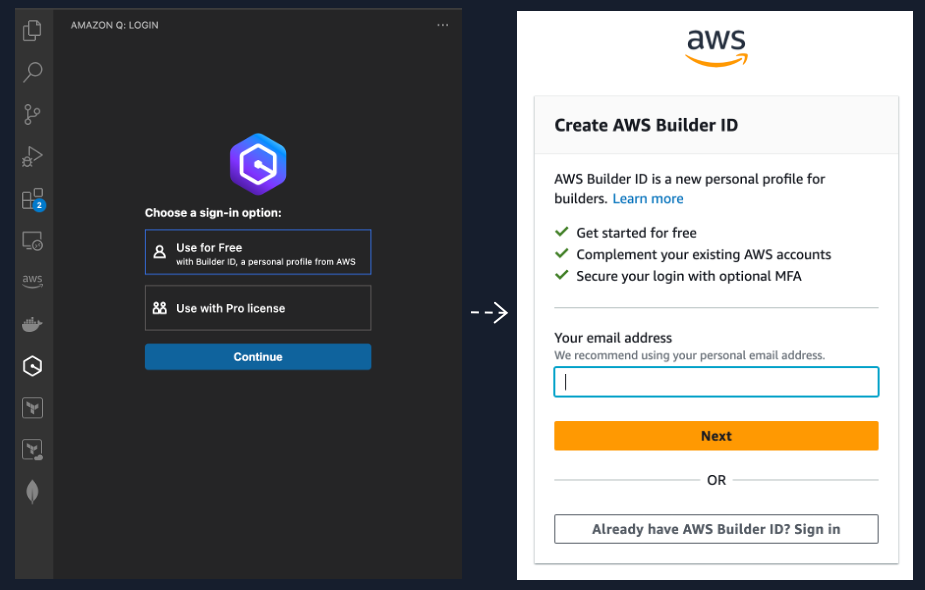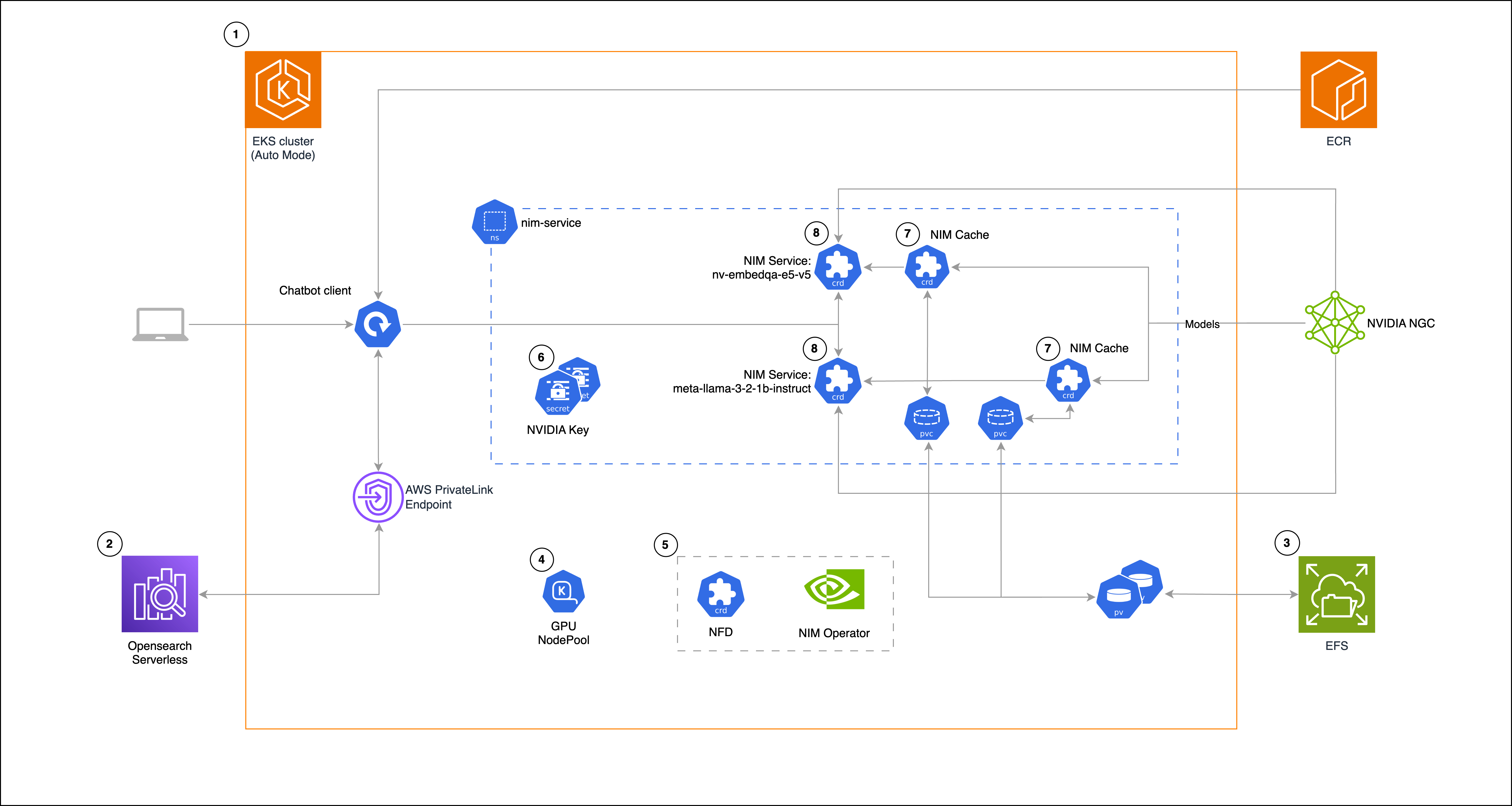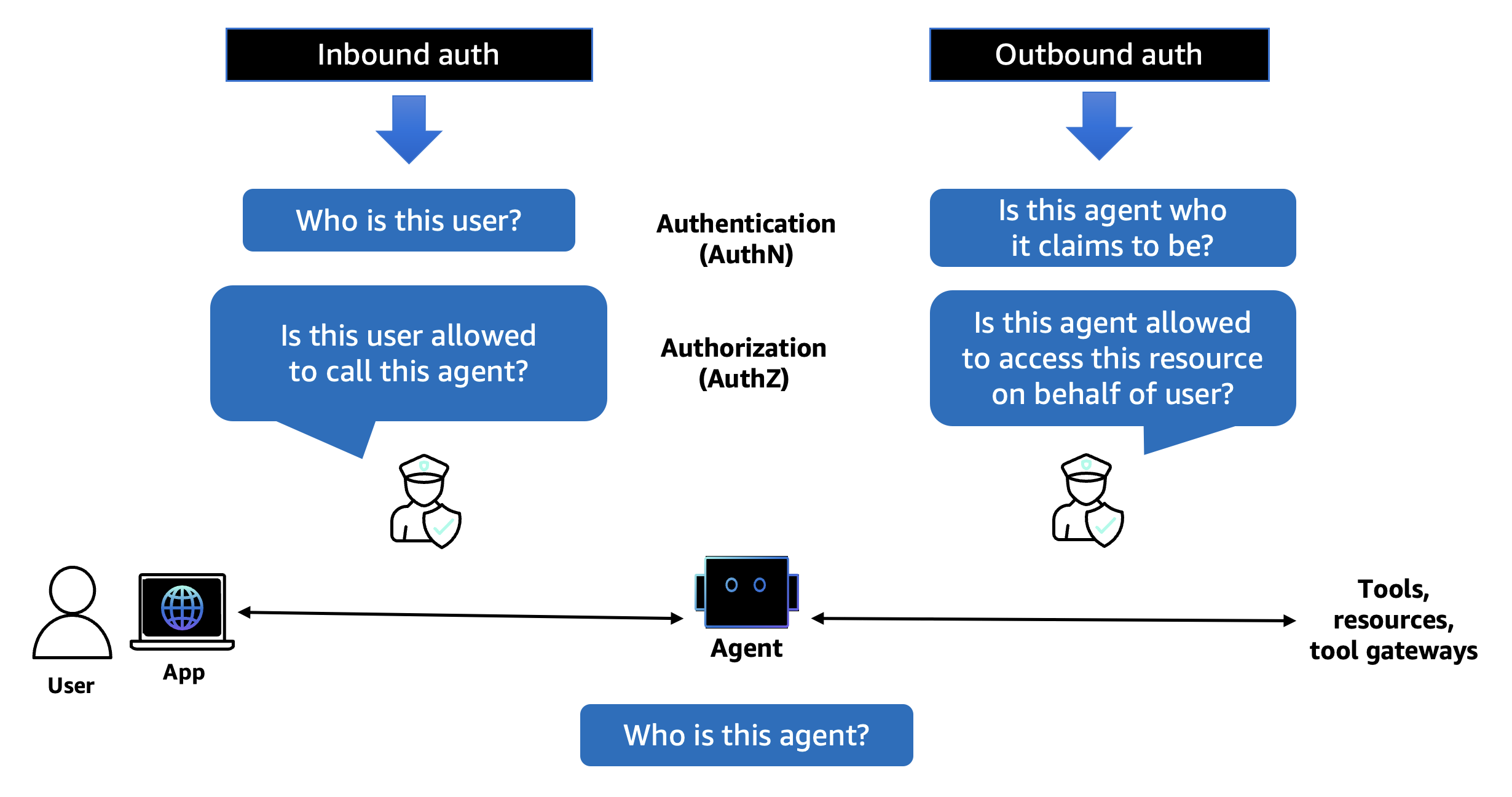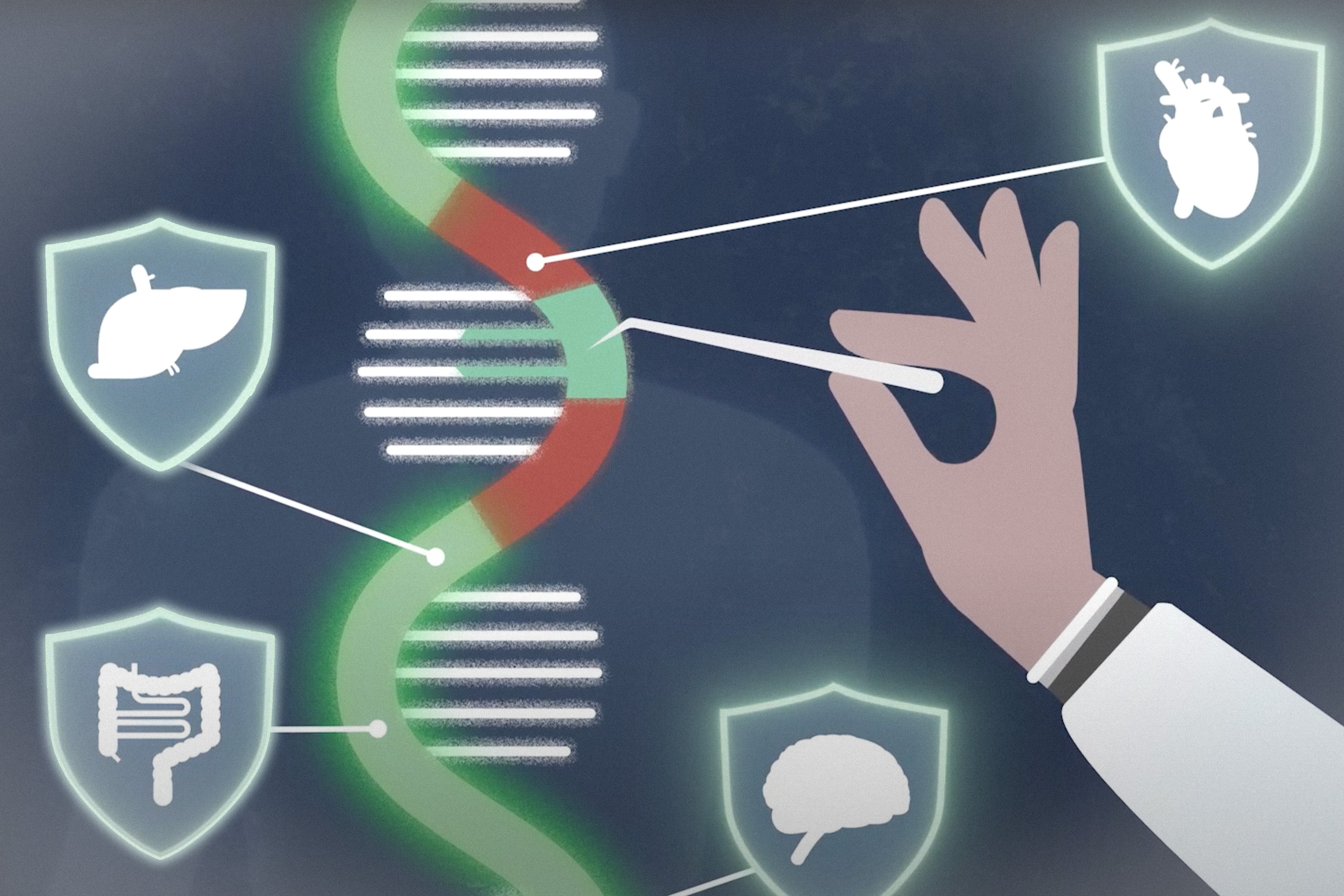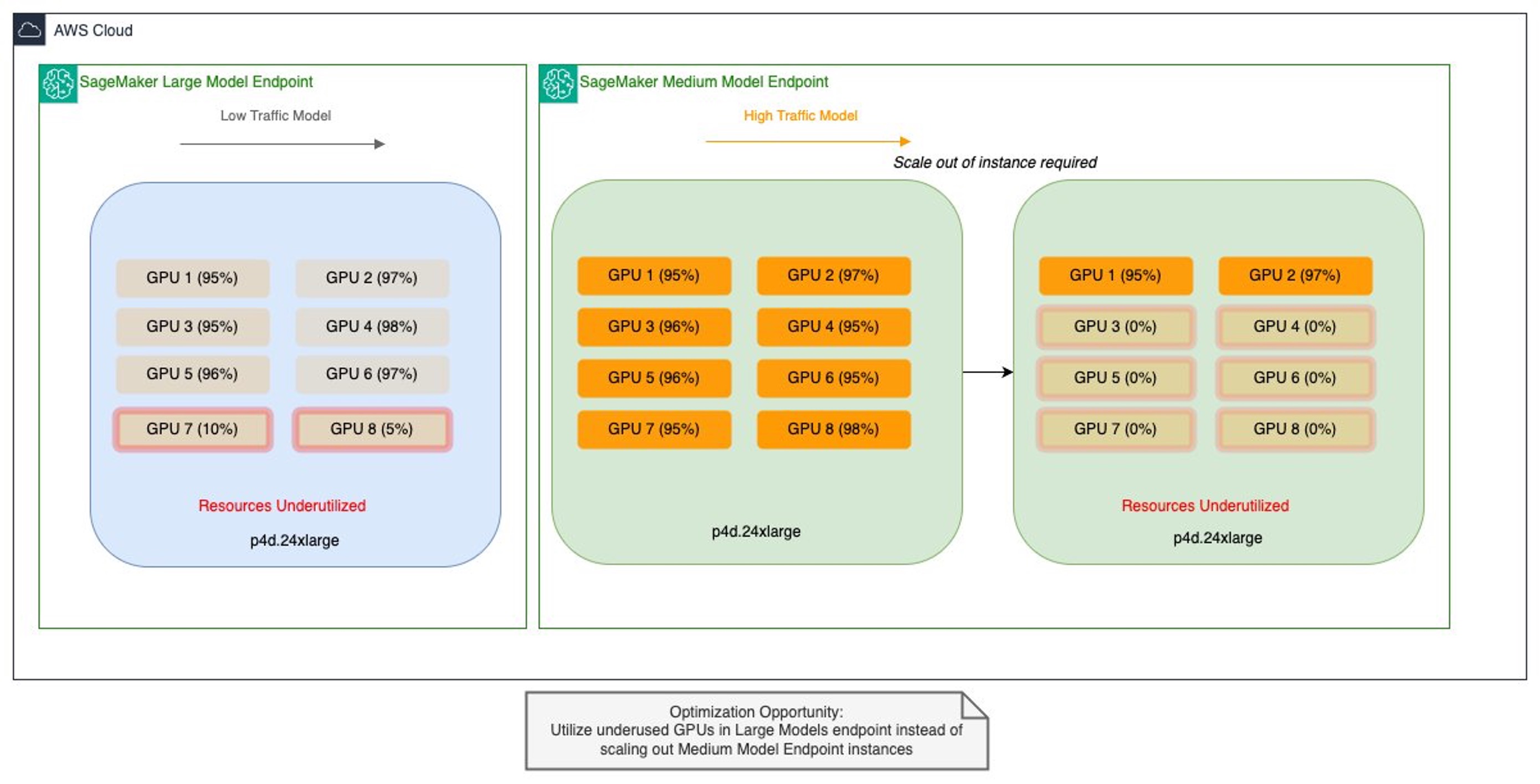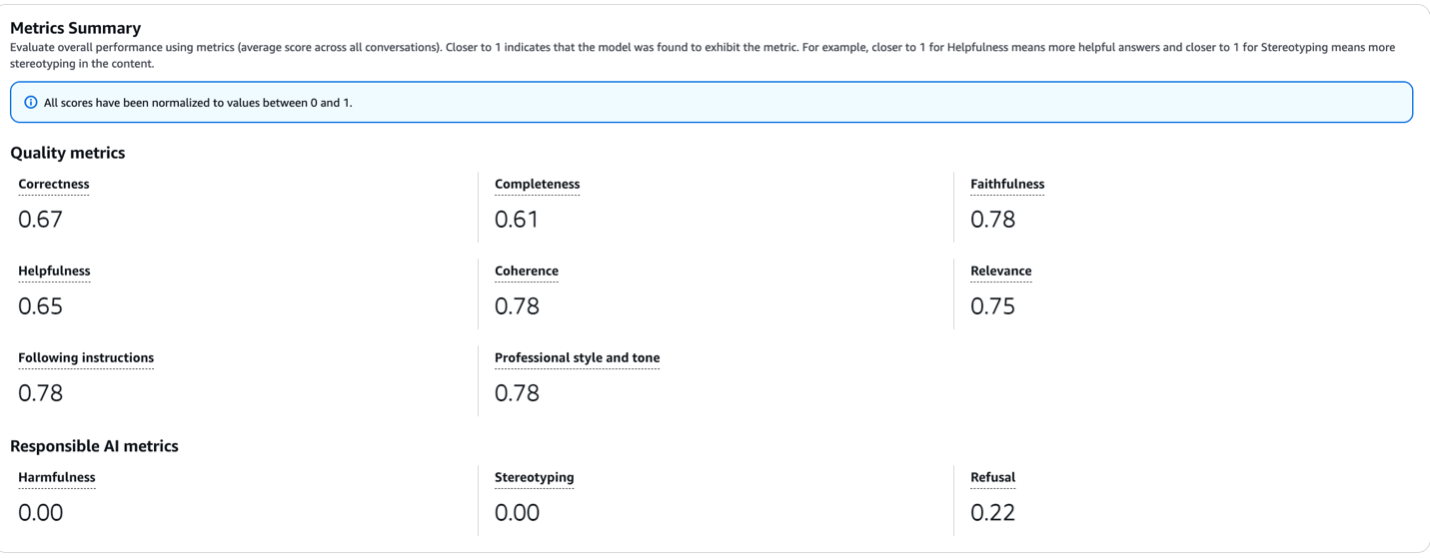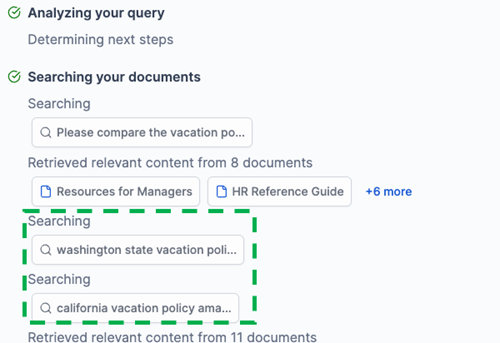AI tool at London trust speeds patient discharge, reduces paperwork, and frees up beds by completing necessary documents. Trial aims to streamline processes and improve efficiency in public services.
Using one-over-n-hot encoding for categorical variables in a neural network shows promising results, with better generalization (95% vs. 90% accuracy) but inconclusive findings. The approach adds information to predictor variables, potentially enhancing prediction accuracy in data analysis tasks.
The MERN stack is ideal for modern web apps. Amazon Q Developer boosts productivity in SDLC phases, enhancing MERN app scalability.
China hosts World Humanoid Robot Games in Beijing, featuring 280 teams from 16 countries competing in sports like kickboxing and football. The event highlights China's progress in artificial intelligence and robotics.
RAG-powered chat assistants revolutionize customer support with context-aware answers. Amazon EKS offers flexible, cost-efficient scalability for diverse workloads, while NVIDIA NIM automates GPU-accelerated model deployment in Kubernetes environments.
Introducing Amazon Bedrock AgentCore Identity for AI agents, providing secure access to AWS resources and third-party tools. AgentCore Identity solves complex security challenges for enterprise AI agents, managing identities, credentials, and authentication at scale.
US senator Josh Hawley investigates Meta for allowing AI chatbots to engage in inappropriate conversations and spread false information. Meta's internal policy document reveals disturbing guidelines permitting chatbots to promote racism and misinformation.
MIT researchers use AI to design nanoparticles for efficient RNA therapy delivery, accelerating vaccine development. Novel approach could treat metabolic disorders faster, aided by innovative machine-learning model.
Salesforce and AWS collaborate to optimize AI model deployment for cost efficiency and performance, leveraging Amazon SageMaker AI. Salesforce AI Platform team tackles challenges of GPU utilization and resource efficiency with innovative strategies on SageMaker AI endpoints.
Trump's AI Action Plan aims to boost US dominance over China in AI, but cuts to scientific research funding may undermine progress. Experts warn that cuts to agencies like NIH, NSF, DARPA, and NASA could threaten the research environment that led to AI advancements.
Large language models (LLMs) can now cite sources, enhancing trust by allowing users to verify information and promoting transparency in AI-generated content. Amazon Nova models demonstrate how citations improve accuracy, trust, ethics, and usability, addressing limitations of LLMs and maintaining professional standards.
Judge criticizes lawyers for submitting misleading AI-generated documents in murder case, stressing the importance of independent verification. Justice Elliott emphasizes the need for thorough checks on AI-generated content in court filings.
Amazon Q Business utilizes generative AI to assist organizations in unlocking value from their data. The introduction of Agentic RAG brings a new intelligent, agent-based retrieval strategy for more accurate and comprehensive responses to complex enterprise queries.
MIT researchers use AI to design novel antibiotics for drug-resistant infections, discovering compounds with unique mechanisms. This groundbreaking approach opens up new possibilities for antibiotic development, potentially combating deadly bacterial infections.
Research by Oxford University Press reveals generative AI portrays Australian themes with sexist and racist stereotypes, challenging big tech's optimistic narrative.



